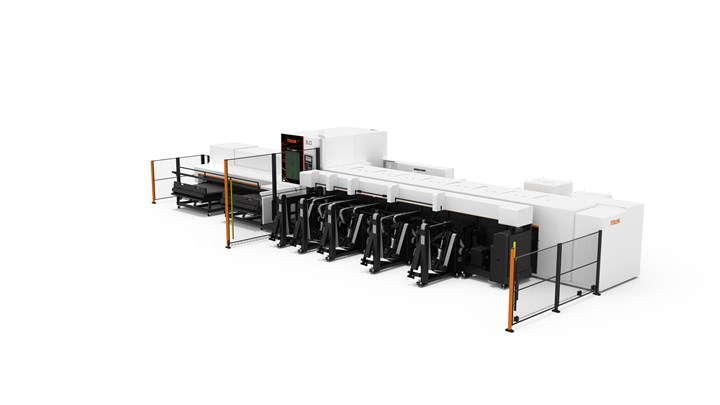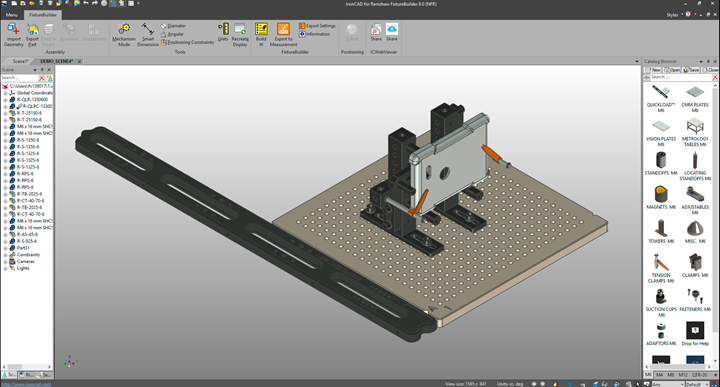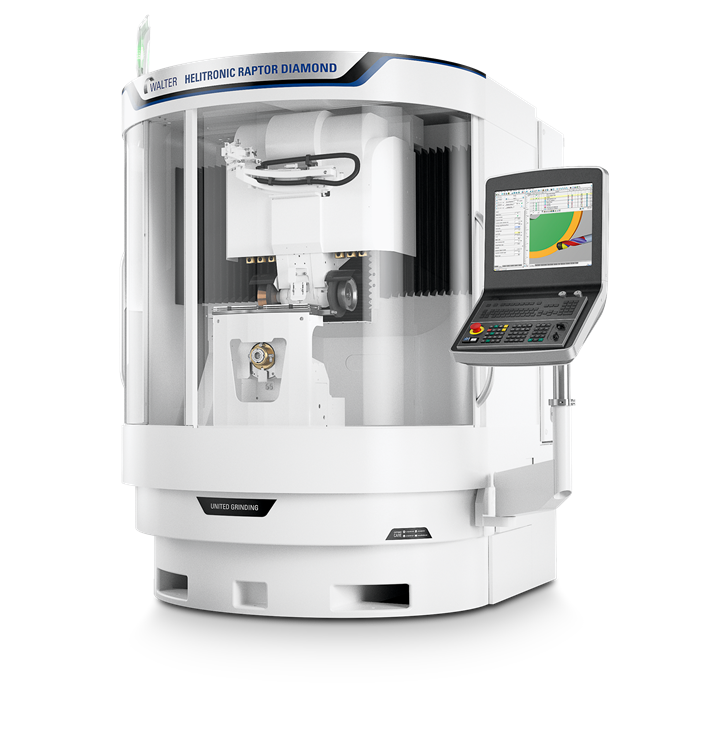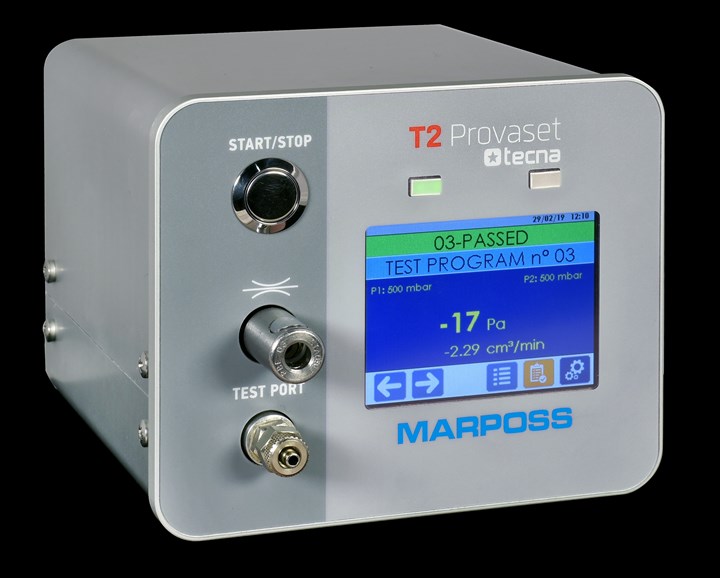7 Cool Tools: Laser Cutting, Fixture Modeling, and more
Increase operational productivity with these new developments for automotive manufacturing from Mazak, Renishaw, Omron, Marposs and more.
#robotics

GL.smart (Image: GFH GmbH)
1. GFH Turning with a Laser
The GL.smart from GFH GmbH replaces a physical cutting tool with a laser. Admittedly the parts it can produce are small--machining flat components up to a maximum size of 40x40x10 mm³ to machining rotationally symmetrical components to a diameter of up to 12 mm and a maximum length of 200 mm and extending to 3+2 axis machining of components measuring 30x30x30 mm³--but it can perform drilling, turning and cutting, and is productive due to the ability to process parts in two stations simultaneously.

FT-150 laser (Image: Mazak Optonics)
2. Mazak Laser Tube Cutter
The FT-150 FIBER from Mazak Optonics is designed for laser tube cutting operations. It has a 2.5D cutting head with focus detection. Thanks to a U-axis, it increases cutting throughput. The B-axis has a programmable angle so bevel cutting can be performed. Handles lengths up to 255.9 inches and maximum diameters of 6 inches for round tube and 4.92 inches for square.

FixtureBuilder 8.0 (Image: Renishaw)
3. Renishaw 3D Fixture Modeling Software
FixtureBuilder 8.0 from Renishaw allows the design for metrology fixturing setups without requiring the use of coordinate measuring machines or other equipment as it can be used with a CAD model of the part; it supports Parasolid, STEP, ACIS, STL, IGES and many other 3D CAD file formats. Metrology tables, M12 fixtures, ¼-20 fixtures and other fixturing components are part of the software’s library.

Walter Helitronic Raptor Diamond (Image: United Grinding)
4. Walter PCD Tool Grinding Machine
The Walter Helitronic Raptor Diamond is designed for the resharpening and production of rotationally symmetrical PCD tools. The machine is a hybrid in that it combines both EDM and grinding. It has a 15.4-hp spindle. It can accommodate tools up to 15.7 inches in diameter and 10.6 inches in length. It Fine Pulse Technology, which can accommodate PCD types from 10 μm grains to course grains, provides smooth surfaces and superfine surfaces.

Creform distancing divider (Image: Creform)
5. Creform Physical Barriers
Creform has developed custom physical barriers to help provide a means of physical distancing workers. It is based on a simple, economical frame that can hold clear plastic barrier panels or clear soft vinyl or roll plastic sheeting. The frame is built with 28-mm plastic-coated steel pipe and metal joints. It can have a base or wheels. The modular elements needed can be determined by both the use case and the amount of time the barrier is likely to be needed.

Omron mobile robot (Image: Omron)
6. Omron Mobile Robot
The HD-1500 from Omron Automation Americas is a mobile robot that can handle objects weighing up to 1,500 kg (3,307 lb). It deploys 360° safety scanning lasers for simultaneous localization and safety functionality and lidar for navigation and to safety zones to protect operators. It measures 1,195 mm wide, 1,696 mm long, and 370 mm high. It has a speed of 1.8 m/second. It will run nine hours fully loaded; the battery charges in 36 minutes. An Omron NX1 automation controller in onboard the unit. automation.

Tecna T2 leak tester (Image: Marposs)
7. Marposs Leak Tester
The Tecna T2 from Marposs is a leak test instrument for simple pressure decay leak testing. It is available with manual precision regulator control and two ranges: 0 to 30 psi and 0 to 90 psi. It can be used on components including fuel lines, water cavities, oil cavities, transmission covers, and clutches. It has a 3.5-inch color touch LCD display. It measures 6.25 x 7 x 5.25 inches. It can communicate through digital I/O, Ethernet, USB host/slave, and RS232/RS485.
RELATED CONTENT
-
On Traffic Jams, Vehicle Size, Building EVs and more
From building electric vehicles—and training to do so—to considering traffic and its implication on drivers and vehicle size—there are plenty of considerations for people and their utilization of technology in the industry.
-
Cobots: 14 Things You Need to Know
What jobs do cobots do well? How is a cobot programmed? What’s the ROI? We asked these questions and more to four of the leading suppliers of cobots.
-
Robotic Exoskeleton Amplifies Human Strength
The Sarcos Guardian XO Max full-body, all-electric exoskeleton features strength amplification of up to 20 to 1, making 200 pounds—the suit’s upper limit—feel like 10 pounds for the user.


.jpg;width=70;height=70;mode=crop)






